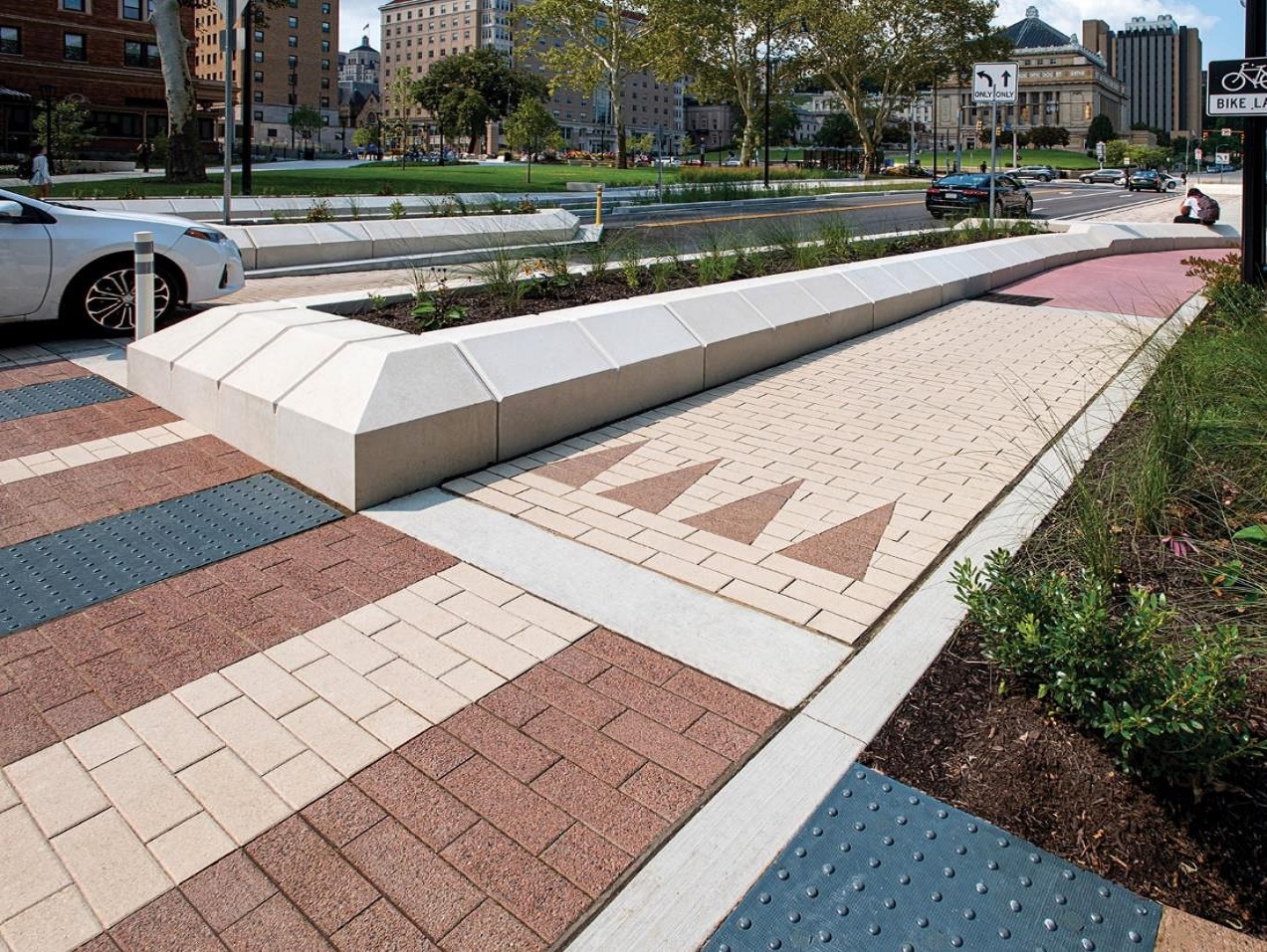Pavements
Role of Architectural Pavements
Architectural pavements go beyond the simple function of providing a surface to walk or drive on. These specially designed pavers can subtly influence behavior, guide movements, and even communicate with users subconsciously. By carefully planning pavement patterns and designs, we can shape the flow of traffic, pedestrian routes, and even personal interactions.
Influencing Behavior:
The layout and design of architectural pavements can guide people's behavior without them even realizing it. For instance, a distinctive pattern might indicate a primary walking route, encouraging people to follow it.
Guiding Movement:
Through clever design, pavements can direct movement and improve flow in crowded areas. This can be especially valuable in public spaces like parks, where specific pavement designs can steer foot traffic away from sensitive areas, reducing wear and tear on the landscape.
Communicating Subconsciously:
Pavements can serve as subtle signals, indicating where to walk, which direction to move in, and even where not to stand. For example, a different pavement design might signal the spot where a bus will stop, warning pedestrians to keep clear.
Aesthetics and Functionality:
Apart from their subconscious communication, architectural pavements can add aesthetic appeal to urban environments. They offer a canvas for creative expression while also serving functional purposes like improving traction or drainage.
Concluding Thoughts
The role of pavements extends far beyond providing a surface for travel. They can act as silent guides, directing and influencing behavior in ways that make our public spaces safer, more efficient, and more enjoyable. Understanding and harnessing this potential can lead to more intuitive and user-friendly urban designs.

